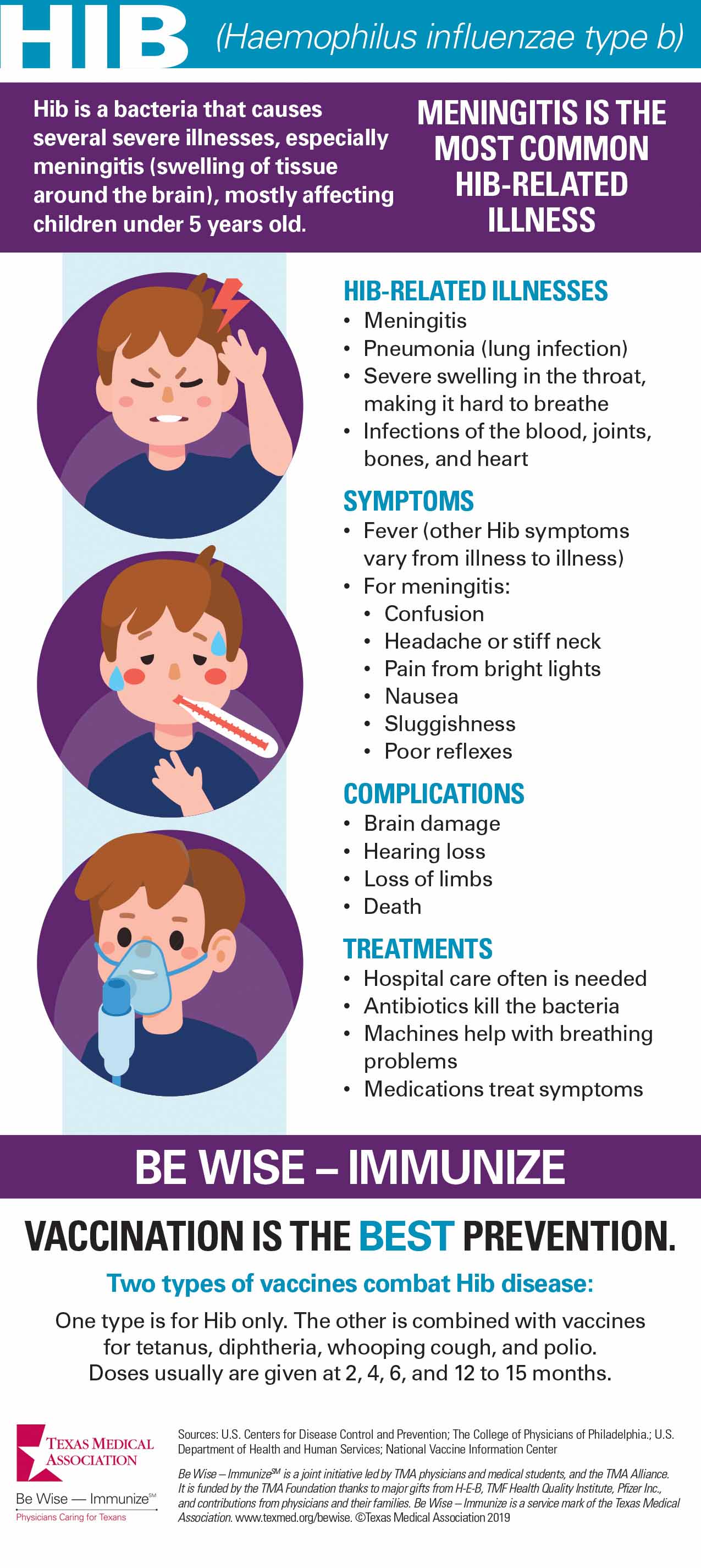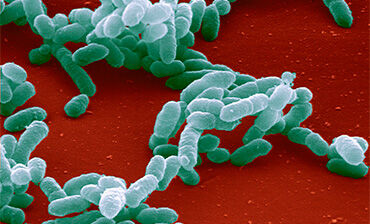Which of the Following Is Caused by Haemophilus Influenzae
The symptoms of Haemophilus. To determine the two-year results of nationwide vaccination with Haemophilus influenzae type b Hib vaccine on the occurrence of Hib meningitis in the Netherlands.

Nontypeable Haemophilus Influenzae Nthi Trends In Microbiology
This bacterium is divided into typeable forms such as type b or nontypeable forms based on the presence or absence of a tough polysaccharide capsule.

. A more serious strain of the bacteria called H. All of these choices are correct. Before the introduction of conjugate vaccines in 1990 one child in 200 developed Haemophilus disease.
Burden of disease caused by Haemophilus influenzae type b in children younger than 5 years. The bacterium Haemophilus influenzae is the direct cause of the infections. Haemophilus influenzae meningitis is a bacterial infection of the membranes covering the brain and spinal cord meninges caused by Haemophilus influenzae bacteria.
WHAT IS HAEMOPHILUS INFLUENZAE TYPE B. Haemophilus influenzae type b causes pneumonia septicaemia meningitis epiglottitis septic arthritis cellulitis otitis media and purulent pericarditis as well as less common invasive infections such as endocarditis osteomyelitis and peritonitis. Hib Haemophilus Influenzae Type B HPV Human Papillomavirus Japanese Encephalitis JE Measles.
Influenzae type b has been nearly abolished in the United States due to the development of an effective vaccine. Influenzae represents a group of bacteria that may cause different types of infections in infants and children. Nontypeable Haemophilus influenzae NTHi is a common cause of respiratory tract disease and initiates infection by colonization in nasopharynx.
Influenzae most commonly causes ear eye or sinus infections and pneumonia. CDC recommends Hib vaccines for all young children and certain other people. Influenzae type b was the most common cause of bacterial meningitis and is a major cause of other invasive disease including epiglottitis in young American children.
The best way to prevent Hib disease is to get vaccinated. Haemophilus influenzae disease is a name for any illness caused by bacteria called H. Watt JP Wolfson LJ OBrien KL Henkle E Deloria-Knoll M McCall N et al.
Influenzae does not cause influenza the flu. Haemophilus influenzae is present as a commensal organism in the nasopharynx of most healthy adults from where it can spread to cause both systemic and respiratory tract infection. What are the symptoms of Haemophilus influenzae infections.
The Haemophilus influenzae H. Currently non-encapsulated H. Influenzae type b was the most common cause of bacterial meningitis and is a major cause of other invasive disease including epiglottitis in young American children.
Vaccines can prevent disease caused by Hib but not the other types strains of H. Rubella German Measles Shingles Herpes Zoster Tetanus Lockjaw Typhoid Fever. Pre-vaccine Hib caused 300 invasive infections in Louisiana each year half of which resulted in meningitis.
Some of these illnesses like ear infections are mild while others like bloodstream infections are very serious. Haemophilus influenzae type b or Hib is a vaccine-preventable disease that can cause ear infections pneumonia and bacterial meningitis. Whooping Cough Pertussis Yellow Fever.
Despite its name Haemophilus influenzae is not the same as influenza the flu. Invasive disease caused by H. Hi bacteria can cause many different kinds of infections.
The mode of transmission is through inhalation of respiratory secretion droplets from infected individuals or by direct close contact. The most common types of invasive disease caused by H. Its spread through the air via coughing or sneezing.
Influenzae can produce any of several clinical syndromes including meningitis bacteremia epiglottitis pneumonia septic arthritis cellulitis or purulent pericarditis. Influenzae also called non-typeable H. Haemophilus influenzae or H.
Which of the following is normal oral and nasopharyngeal flora but is involved in infective endocarditis in adults who have underlying congenital or rheumatic heart disease. Most people carry the bacteria and exhibit no symptoms but it can cause problems in certain populations with compromised immunity. Invasive disease is usually serious requiring treatment in a hospital and can sometimes result in death.
Haemophilus influenzae Hi is a disease that is caused by a bacterial infection. Influenzae NTHi is responsible for the majority of cases of otitis media sinusitis and pneumonia in patients that have already been immunized with the vaccine. Type b known as.
Before the advent of effective vaccines Haemophilus influenzae type b Hib was the most common cause of serious bacterial infections and meningitis and children in the United States. Before the introduction of conjugate vaccines in 1990 one child in 200 developed Haemophilus disease. Some strains cause mild disease in the nose or throat while others cause more serious disease.
Influenzae can invade the fluid around the spine and brain causing meningitis or bloodstream causing bacteremia. Children born since April 1 1993 are vaccinated at the age of 3 4 5 and 11 months to protect them from infections with Hib. Influenzae Hap adhesin is an auto transporter protein that promotes.
In spite of the name H. Who and When has sub items about Who and When. CDC recommends Hib vaccination for all children younger than 5 years old.


Comments
Post a Comment